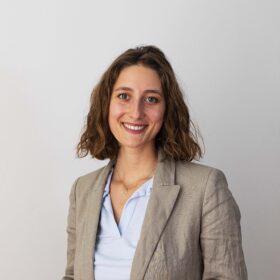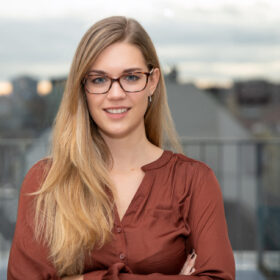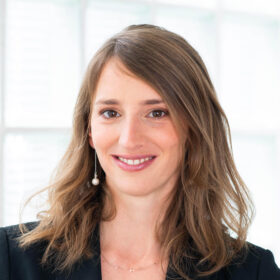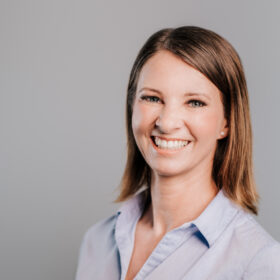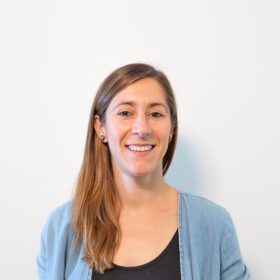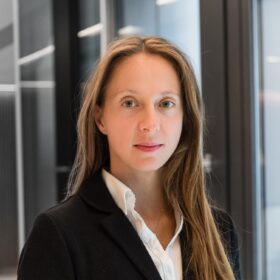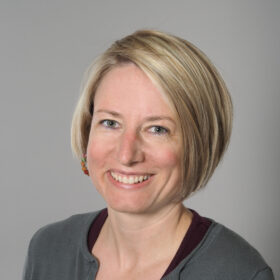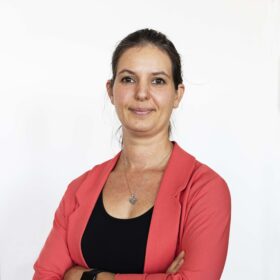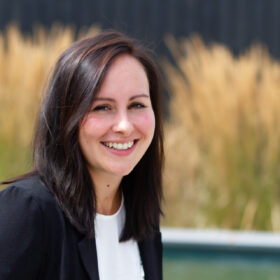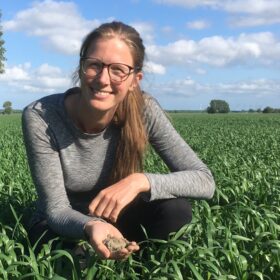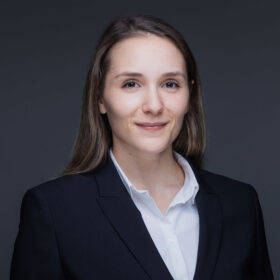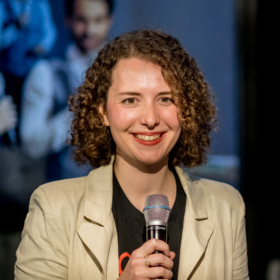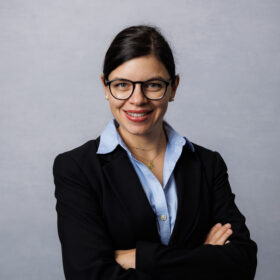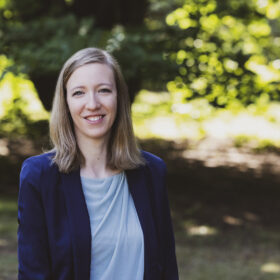Expertin
Dr. Simone Sandholz
Expertin
Expertise
Geographie: Research Interests Climate change adaptation Disaster risk reduction Integrated urban regeneration Sustainable urban and regional development Sustainable urban development Urban heat stress
Schlagworte
- Stadteerneuerung
- urbanes Risikomanagement
- nachhaltige Stadt- und Regionalentwicklung
- Entwicklungsforschung
Verfügbar für
Jury
Kooperationen
Projektmitarbeit
Vortragstätigkeiten
Beruflich
Mittleres Management
Tätigkeitsbereiche:- Universität
Ausbildung
Universität (2015)
Geographie
Weitere Fachrichtungen, weitere Ausbildungen
Architektur,
Denkmalpflege,
Technologie- und Ressourcenmanagement in den Tropen und Subtropen
Sprachen
Mehr Details
Referenzen
Auszeichnungen / Preise
Publikationen
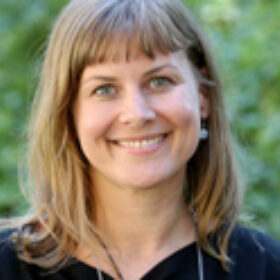
Dr. Simone Sandholz
United Nations University - Institute for Environment and Human Security (UNU-EHS)
Kontakt
- sandholz@ehs.unu.edu
- https://ehs.unu.edu/experts/researchexperts/simone-sandholz.html#profile
- https://www.linkedin.com/in/simone-sandholz-43b99235
Letzte Aktualisierung: 05.11.2019

